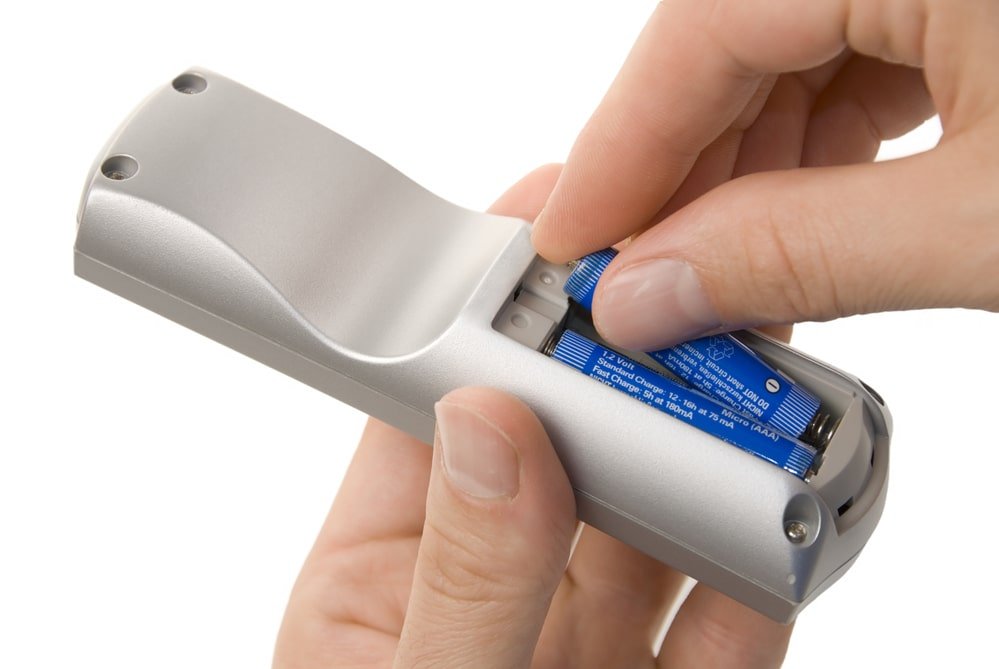Charging and discharging a lithium-ion battery involves moving the ions from one electrode to the other via some sort of electrolyte. Nickel and cobalt are preferred electrode metals for consumer and commercial batteries. However, that might change in the future. A group of researchers from the U.S. Department of Energy’s Argonne National Laboratory think manganese might hold the secret to better lithium-ion batteries.
Argonne researchers are more interested in viable, long-range batteries for electric cars and trucks. Yet what they learn from their research into manganese could make for better consumer batteries as well. Manganese might eventually be used to improve the batteries that power our cell phones and flashlights.
Basic Battery Function
The chemistry and physics behind batteries is pretty basic. Your typical battery has both positive (cathode) and negative (anode) electrodes. Between those cathodes is the material that provides the charge as well as an electrolyte that acts as a suspension. The charging substance in a lithium-ion battery is lithium.
When charging a lithium-ion battery, the electricity that flows into it via the cathode forces lithium ions through the electrolyte and toward the anode. This stores the energy on the negative side of the battery. Discharging the battery reverses the process. Ions move through the electrolyte to the cathode and, in a chemical reaction, sends electricity out through the positive side of the battery and into the device it is powering.
Nickel serves well as a cathode metal for consumer batteries. It is not an ideal choice for the larger, heavy-duty batteries required by electric vehicles. And of course, cobalt isn’t ideal either. That is why the Argonne researchers are looking at manganese instead.
Cheaper and More Powerful
One of the problems with cobalt is that you do not get enough energy storage on it to make it worthwhile as a car battery. Nickel works better, but it is both more expensive and in short supply. The world cannot depend on nickel for car battery production long term.
Manganese is less expensive and rather abundant. It is also safer than nickel. Thus, manganese seems to be the perfect replacement for both cobalt and nickel for long-life car batteries. But every scientific advancement in battery development comes at a cost. What is the cost here? A manganese cathode is less stable.
Researchers have observed that a less stable manganese cathode leads to degraded performance over time. This cannot be tolerated in a long-range car battery for obvious reasons. Car owners willing to buy an all-electric need to know that they are not going to be stranded in the middle of nowhere by a lithium-manganese battery whose performance suddenly fails.
Working for Better Batteries
Argonne researchers are not yet ready to declare manganese as a drop-in replacement for cobalt and nickel. But they do believe that manganese has a lot of potential. They will continue working on their research in hopes of building better batteries for the future. And while their work benefits mostly automotive batteries, their results will undoubtedly have implications on the consumer battery market.
Researchers think that they can increase storage capacity by 50% to 100% with a manganese cathode. Imagine having that kind of power for your electronic devices. Increasing capacity by 100% would mean recharging your cell phone half as much. It would mean having more power for your camera, your portable music player, your hand tools, etc.
If the researchers are right, manganese will prove to be a game-changer. It looks to be the next big thing in rechargeable lithium-ion batteries.

